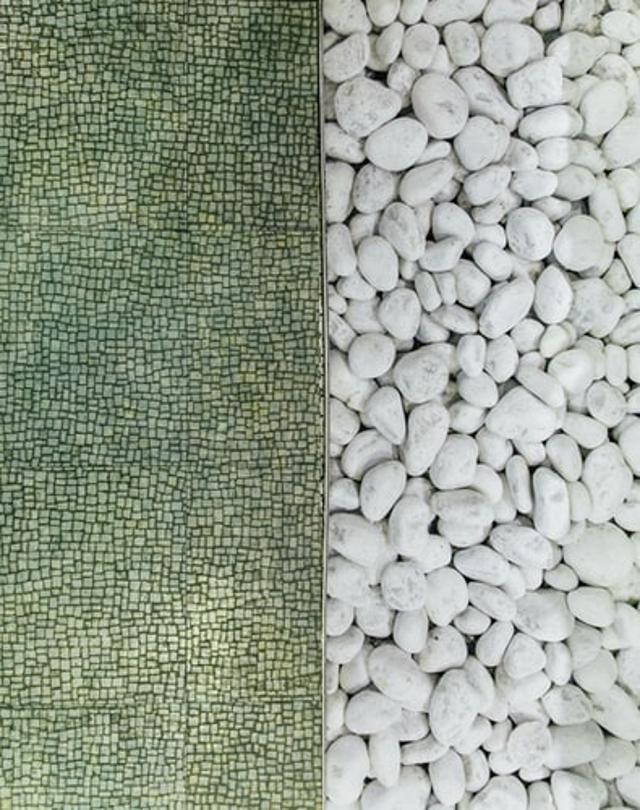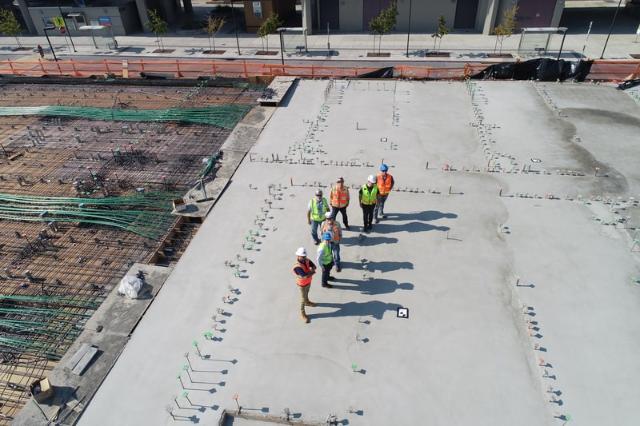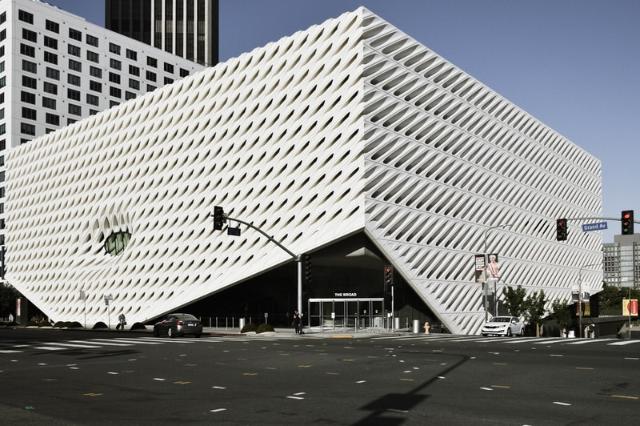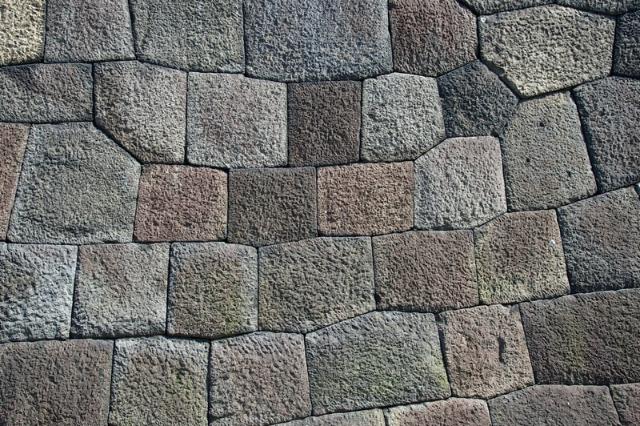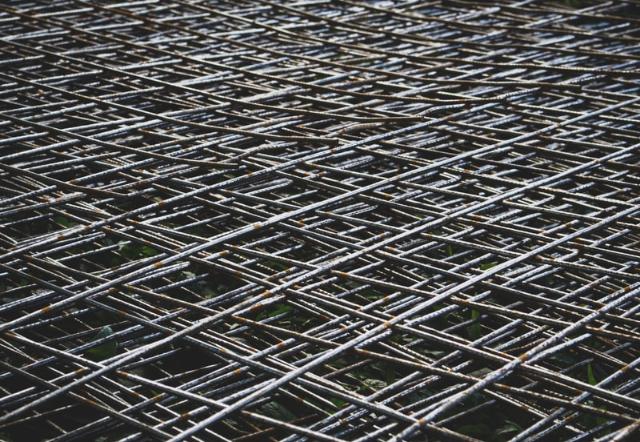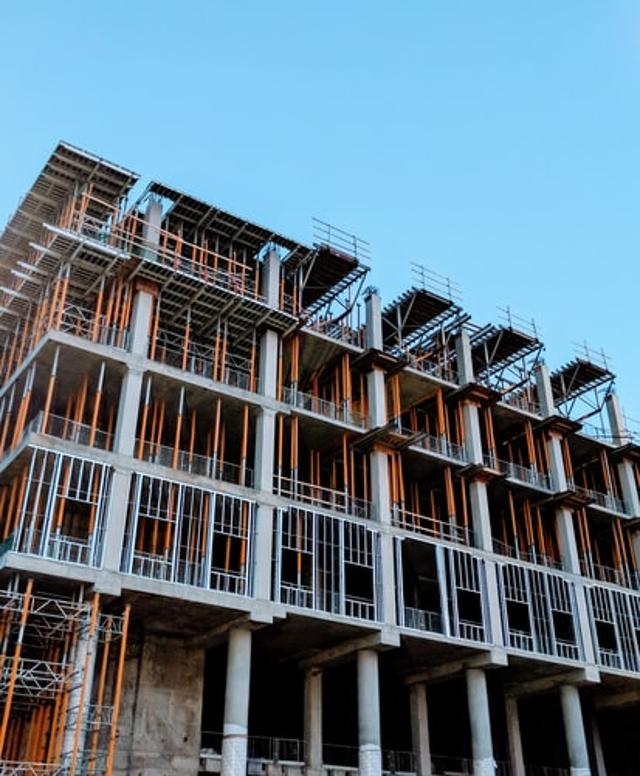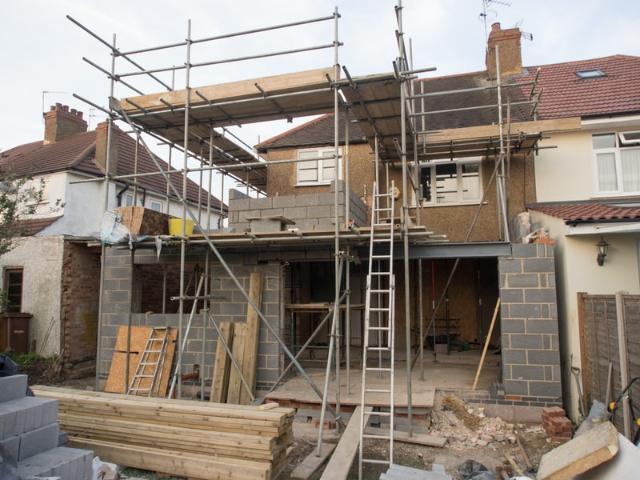Structure
Design Friendly Structure
Oct 13 2021
How to define whether a structure is design-friendly, it is usually covering more than just habitable criteria, from the overall environmental-friendly materials specified and also low-energy consumption for power to achieve optimal building temperature, therefore, we must take note of what is being built and can it be sustainable or not. Hiring a green building index (GBI) consultant might win you for tax incentives, the GBI points shall be also justified throughout the balance of the building life without just merely getting the point for financial benefits.
Furthermore, we need to pay attention to the structural factor of the design too, it should also provide lower space waste tolerance, stricter standards can let the owner unlock the potential value per unit of size on top of its land and built-up area. it is undoubtedly key criteria to make the tenability for structure can be withholding heavy load, defending itself and the assets as well as the human life within the tent; it shall be nevertheless avoided to neglect the importance to uphold the value of density per usage.
Furthermore, we need to pay attention to the structural factor of the design too, it should also provide lower space waste tolerance, stricter standards can let the owner unlock the potential value per unit of size on top of its land and built-up area. it is undoubtedly key criteria to make the tenability for structure can be withholding heavy load, defending itself and the assets as well as the human life within the tent; it shall be nevertheless avoided to neglect the importance to uphold the value of density per usage.
Advancing into a deeper discussion for this topic, design-friendly structural based products shall be equipped with their openness to many other components. Meaning to say, they should have the capabilities to accept for integration of other building's parts before capturing the maximized value of utilization into the drawing. Resourceful building material is commonly under consumption for its benefits and often also being blamed as the manufacturer's fault or the properties of the item.
Additionally, the architect and interior designer will make sure the soul of the building can be represented by this substantial element of the project since the structure is the next fundamental to be erected after the foundation (if any, strengthening as a base one). On the other side of the story is that less is more is also applicable from this perspective since space-saving architectural products can be enhanced with the skill sets and experiences owned by designers for incorporating to the building.
Additionally, the architect and interior designer will make sure the soul of the building can be represented by this substantial element of the project since the structure is the next fundamental to be erected after the foundation (if any, strengthening as a base one). On the other side of the story is that less is more is also applicable from this perspective since space-saving architectural products can be enhanced with the skill sets and experiences owned by designers for incorporating to the building.
In a nutshell, we shall appreciate the mother earth has given us the opportunities to tap on its natural resources whereas we can offer multiple selections designs to our houses, offices as well as other industrial processes plants. There are pros and cons for each raw material, from clay, steel, sand, asphalt, stone, aluminium to many more. We can improve the characteristics of each by using our modern well-developed technology such as carbon steel to stainless steel or parkerizing it as well as hot-dipped galvanizing methods.
Clay can be burnt to make a lot of products, including use as structural one such as clay brick, clay paver, clay tile, sanitary ware to the container. Sand, stone, quarry or other aggregates can be used to mix into cement as concrete admixtures or additives (of course, with other chemical compositions) to strengthen your road, shear wall, concrete slab as both roof and floor while asphalt can also be applied to similar functions and asphalt can be further processed to asphalt shingles for the roof, asphalt bitumen for the road.
Clay can be burnt to make a lot of products, including use as structural one such as clay brick, clay paver, clay tile, sanitary ware to the container. Sand, stone, quarry or other aggregates can be used to mix into cement as concrete admixtures or additives (of course, with other chemical compositions) to strengthen your road, shear wall, concrete slab as both roof and floor while asphalt can also be applied to similar functions and asphalt can be further processed to asphalt shingles for the roof, asphalt bitumen for the road.
Structural Materials
Design-Friendly
Heat Insulation
Water Resistant
Light Weight
Space Saving
Recyclable
Cost Saving
High Density
Contact us today for your Structural Materials & Services in Malaysia.

